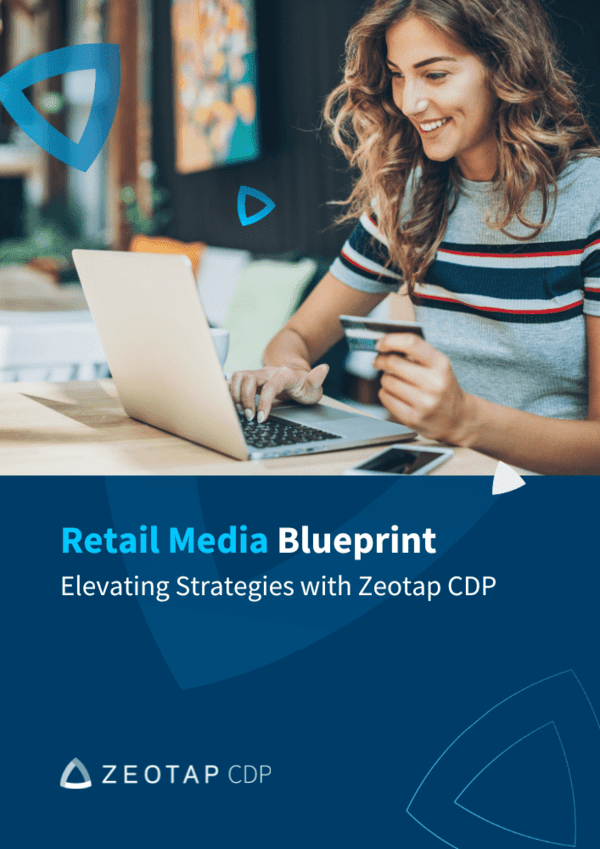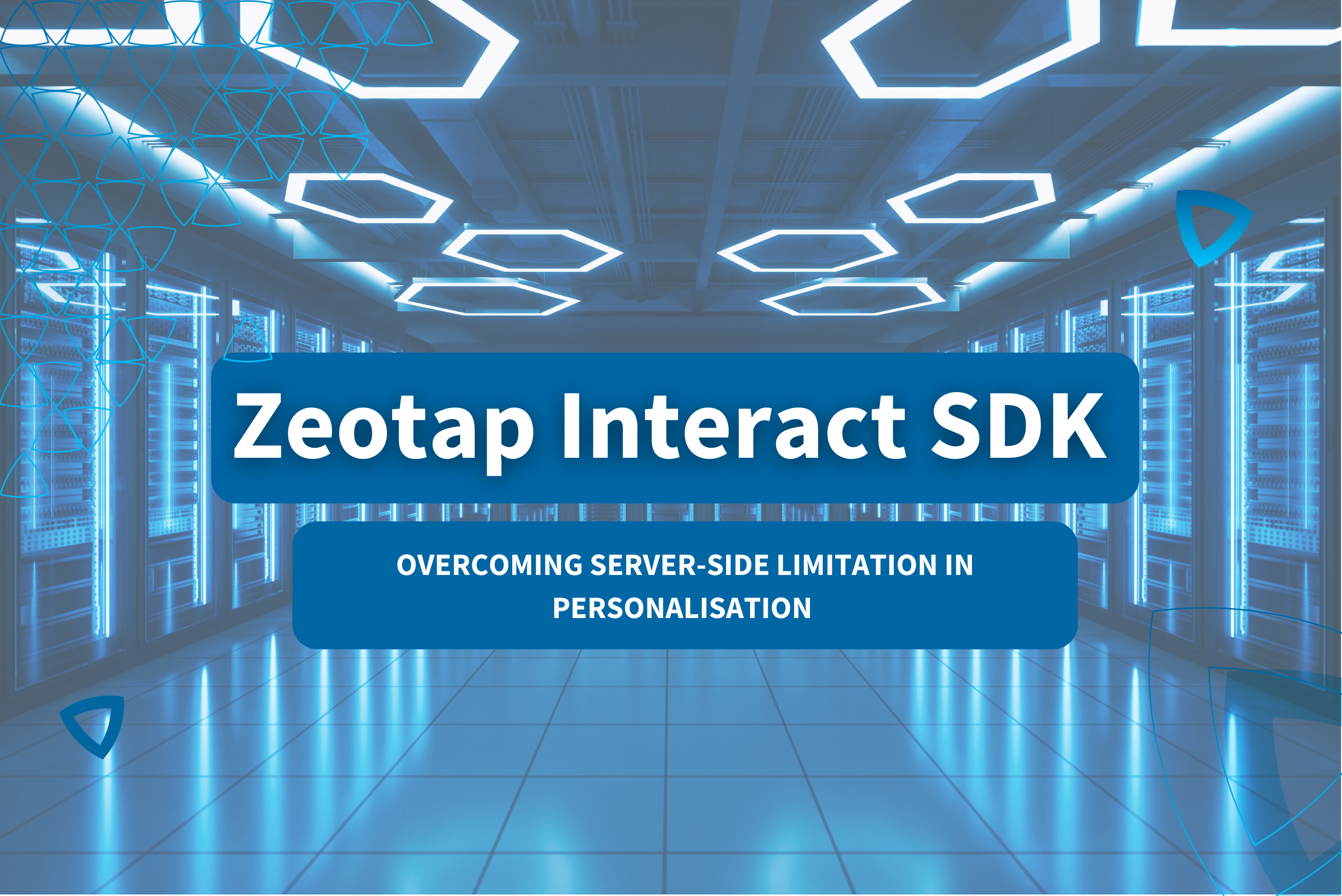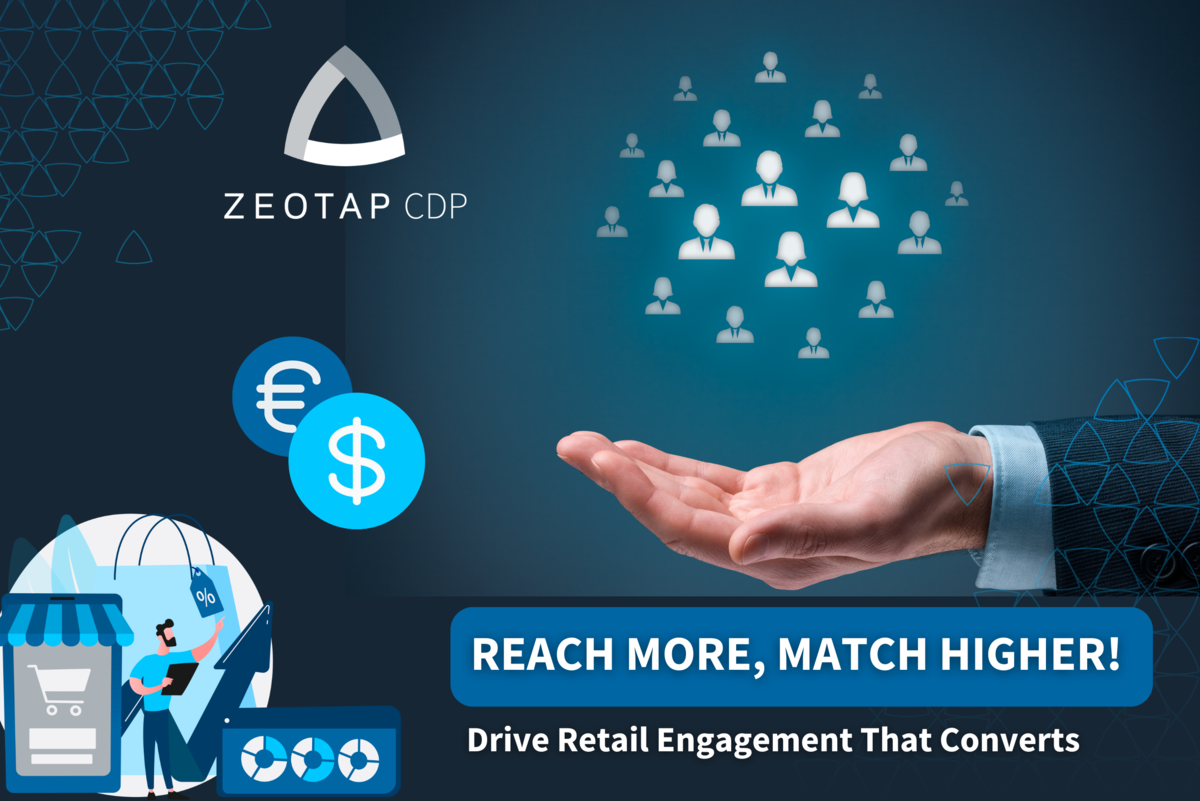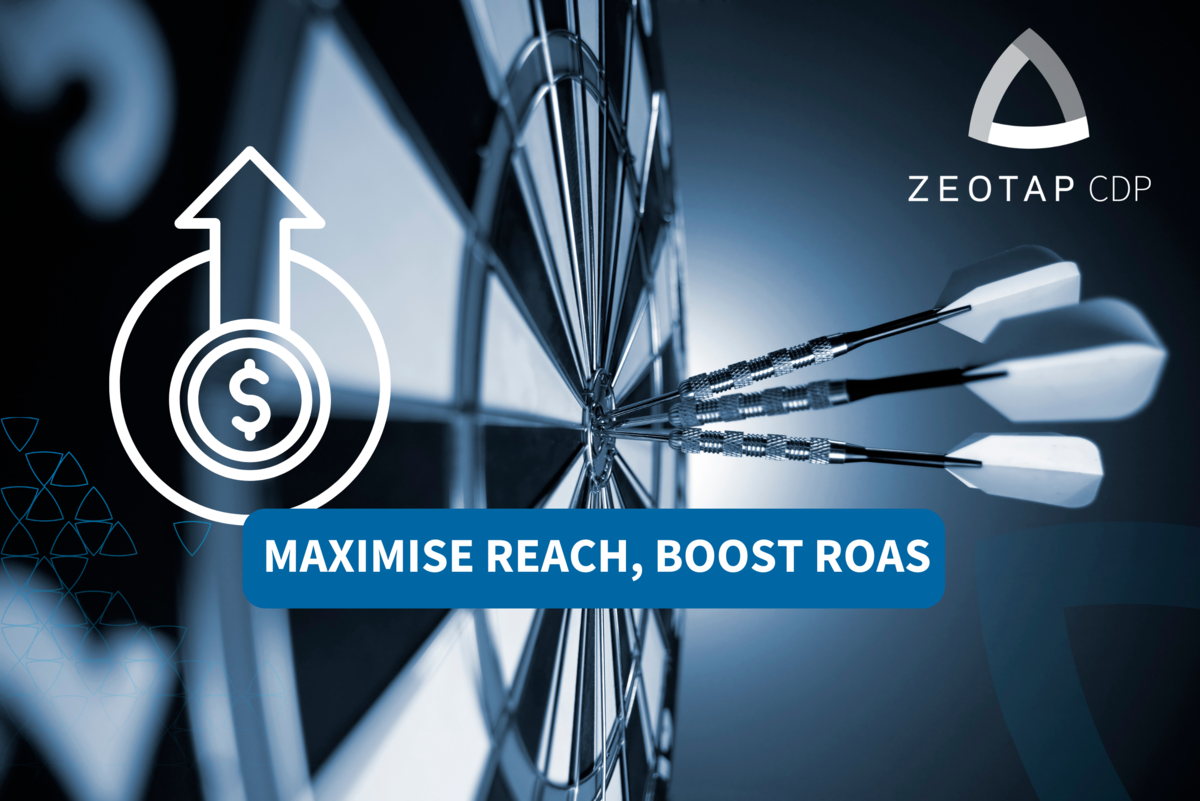A Path to Personalisation in a Privacy-Focused Era
Why Retail Media is so important for successful targeted advertisement strategy in a privacy-focused era?
2024 is presenting digital advertisers with an evolving set of hurdles – the industry is pushing to deliver new levels of personalised shopping experiences and targeted advertisement, all while having less access to consumer data due to Google’s third-party cookie deprecation. Consumers rightfully want more control of where their data goes and how it is used, but also find benefits in tailored shopping experiences. In fact, a report from Motive.co found that 83% of people have concerns about their data being tracked and sold to advertisers. Despite that, a recent report from Precis Digital found 48% of people prefer personalised ads.
The truth is, digital advertising is now centred around consumers’ privacy (opting-in and consenting) for better and more specific online experiences. It might seem like a daunting undertaking to find new strategies for campaign success, but it’s actually more possible than ever. With Retail Media, brands and advertisers can still activate data-driven strategies and develop more trusting relationships with audiences.
Here is a look into how retailers can continue enabling precise targeting and engagement capabilities with Retail Media.
A Perfect Match: First-party Data and Retail Media
With GDPR impacting how companies can collect and use personal data, and Google finally deprecating third-party cookies, brands and advertisers are hard-pressed to reevaluate goals, and subsequently find fresh approaches to meet campaign needs. While most of the alternative strategies are probabilistic in nature, like contextual targeting or lookalike audiences, there’s one avenue that still enables one-to-one personalised engagements – we’re talking about leveraging first-party data.
What are the benefits for a retailer in implementing a Retail Media strategy?
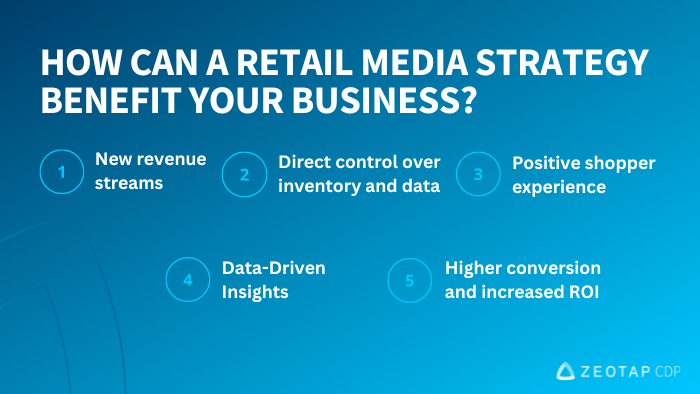
When first-party data is activated with Retail Media, retailers have the access to a mountain of benefits including:
- New revenue streams: Capitalise on new and unique advertising inventory formats that extend beyond traditional shopper marketing, helping diversify ad spend and resulting in new revenue streams
- Direct control over inventory and data: Sell advertising space directly to brands and maintain control over who accesses their inventory and data, ensuring a strategic approach to Ad placements
- Positive shopper experience: Retailers can maintain control over the Ad experience, ensuring it contributes positively to the shopper’s journey and overall experience on their platform.
- Data-Driven Insights: Retail Media strategies provide retailers with valuable data-driven insights into consumer behaviour, preferences, and purchasing patterns. This information can inform future marketing campaigns, product development, and overall business strategy.
- Increased ROI: Creating more targeted and personalised advertising campaigns that resonate with the Retailer’s audience, leads to higher conversion rates and return on investment (ROI).
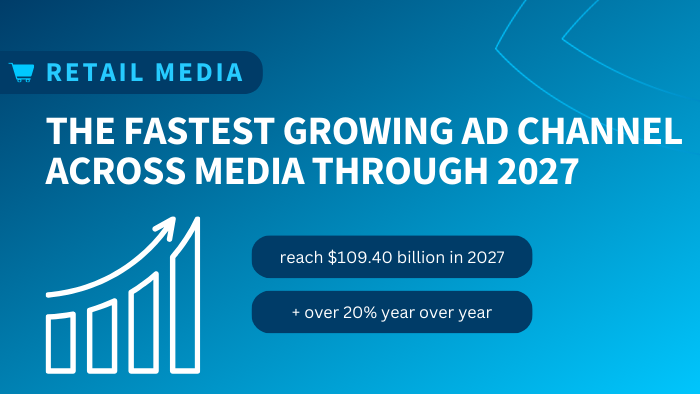
If you’re not already exploring this channel, you’re missing out – a report from Insider Intelligence found that Retail Media is poised to be the fastest growing ad channel across media through 2027, increasing by over 20% year over year. It’s forecasted to reach $109.40 billion in 2027, up from $59.61 billion in 2024 – that means Retail Media will be bigger than CTV, digital audio, traditional television advertising combined in 2027. This is because data-driven insights associated with Retail Media lead to better experiences where it matters most – at the point of sale.
However, it does take a little work to make sure your first-party data gives you what you need, and that’s where Customer Data Platforms (CDPs) come into play.
Optimise Results With a CDP
As retailers start to optimise the usage of first-party data assets, or scale their current programs, it’s common to realise unifying all that data is a challenge. CDPs do exactly that – gather, unify and oversee first-party data from across an organisation. Essentially, CDPs help break down data silos and unearth actionable insights.
The benefits of using a CDP
Through data analysis, CDPs unlock new levels of targeting capabilities by creating enriched customer profiles. This is done by understanding a specific consumer’s online and offline behaviour, preferences, and purchase history. By having this unique 360-degree view, retail media can better personalise engagements to ensure they are aligned with a person’s actual interests and preferences. Another powerful aspect of CDPs is the ability to adjust content in real-time, based on consumer interactions. This lets marketers test their messaging and creative, and double-down on what works. All together, CDPs lead to elevated consumer engagement and a massive boost to ROI.
Additionally, CDPs serve as tools to drive customer retention. By assessing user experience across the marketing funnel, retail media can proactively address any pain points or concerns. This ultimately helps boost post-purchase engagement and can strengthen relationships with consumers.
All these benefits lead to building new levels of trust with consumers. As retailers provide more value to consumers, they are increasingly willing to opt-in and share data. This bolsters their user profiles – while maintaining data compliance. From there, even more curated campaigns can be delivered. For retail media, CDPs truly become a trust-building tool, allowing for efficient targeting and reduced marketing costs.
Conclusion
As the advertising industry continues to focus on consumer privacy, big retailers have a unique opportunity to leverage their existing data assets and provide compliant personalised ad experiences. By harnessing the power of first-party data, Retail Media solutions and CDPs, retailers can forge genuine connections with audiences and ensure ad experiences are relevant.
For more information on how to boost your Retail Media strategy with a CDP, download our Blueprint, “The CDP Solution for Retail Media.”
